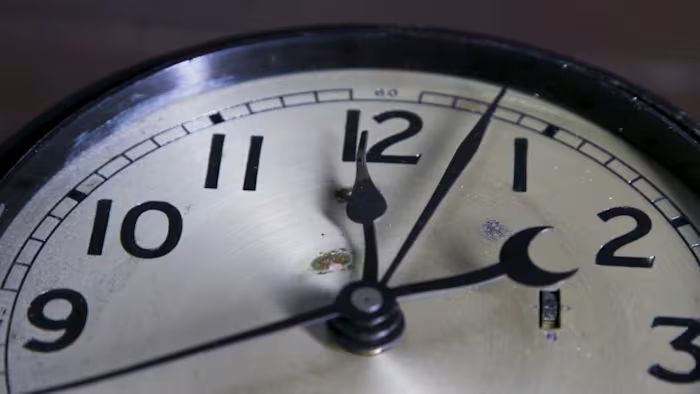Here are some simple steps to help ease into daylight saving time

SAN ANTONIO – Four days and 15 minutes, that is the amount of time you need to adjust to the new daylight saving time routine happening this weekend, sleep experts say.
Daylight saving time officially comes to an end at 2 a.m. on Sunday, Nov. 2.
Dr. Ben Long, a sleep habit specialist, recommends starting the shift early.
“You can start today, Wednesday, by adjusting your bedtime by 15 minutes,” he said. “So let’s say you go to sleep at 8. Move that to 8:15, then the next day 8:30, and so on until you’re at an hour … where you will need to be on Sunday morning.”
>> Get ready to ‘fall back’ as daylight saving time ends this week
The small, incremental changes are designed to reduce the shock to your internal clock. But Long warns that poor planning can have the opposite effect.
“Getting too much sleep. Sounds crazy because all of our lives we want extra sleep, but since most of us are operating out of a sleep deficit, sometimes when we are trying to catch up on the weekend, the extra hour we get this weekend can put us over to where we are stealing from being able to sleep Sunday night,” he said.
A simple alternative for Sunday: set your alarm to wake up one hour earlier so you don’t have trouble falling asleep that night, the report suggests.
Fall back is generally easier to adjust to than spring forward, but reduced daylight can affect mood. Dr. Long urges intention to find light in the coming months and to watch for warning signs. Key recommendations and signs to watch for:
-
Be intentional about getting more sunlight during the next few months.
-
Watch for irritability, mood swings, fatigue and difficulty concentrating.
-
Find a support system.
Long is an author. His next book, “Sleep Habits Journal,” comes out Dec. 9.
Read more:
Copyright 2025 by KSAT – All rights reserved.




